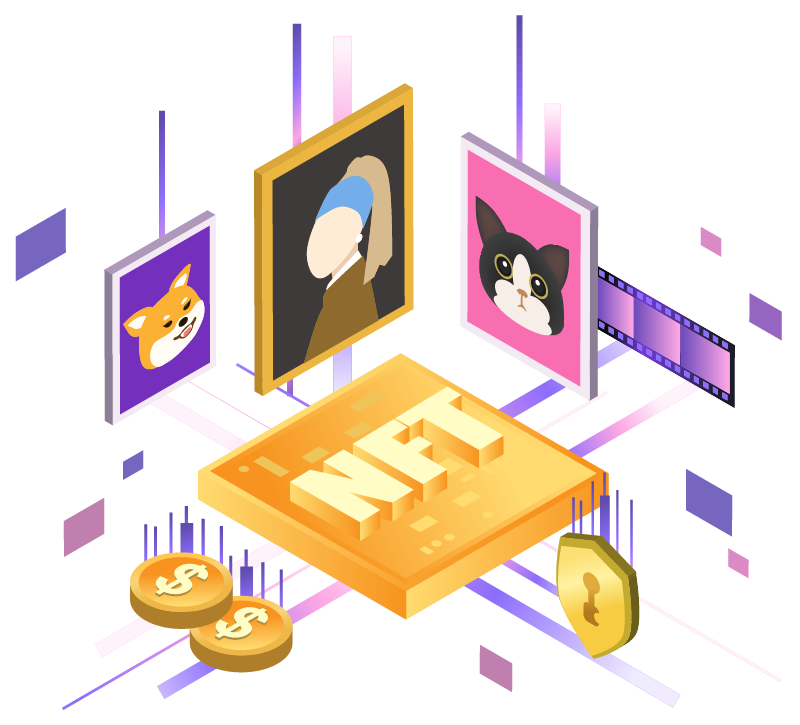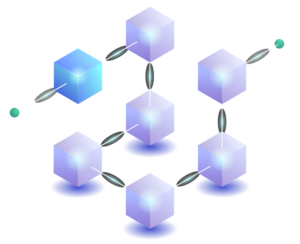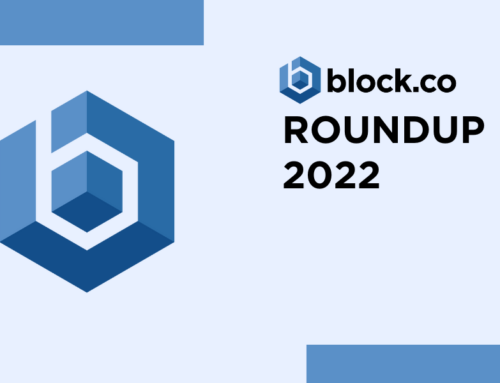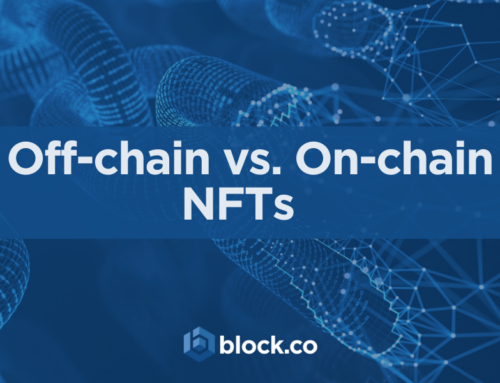Technical Standards in Blockchain
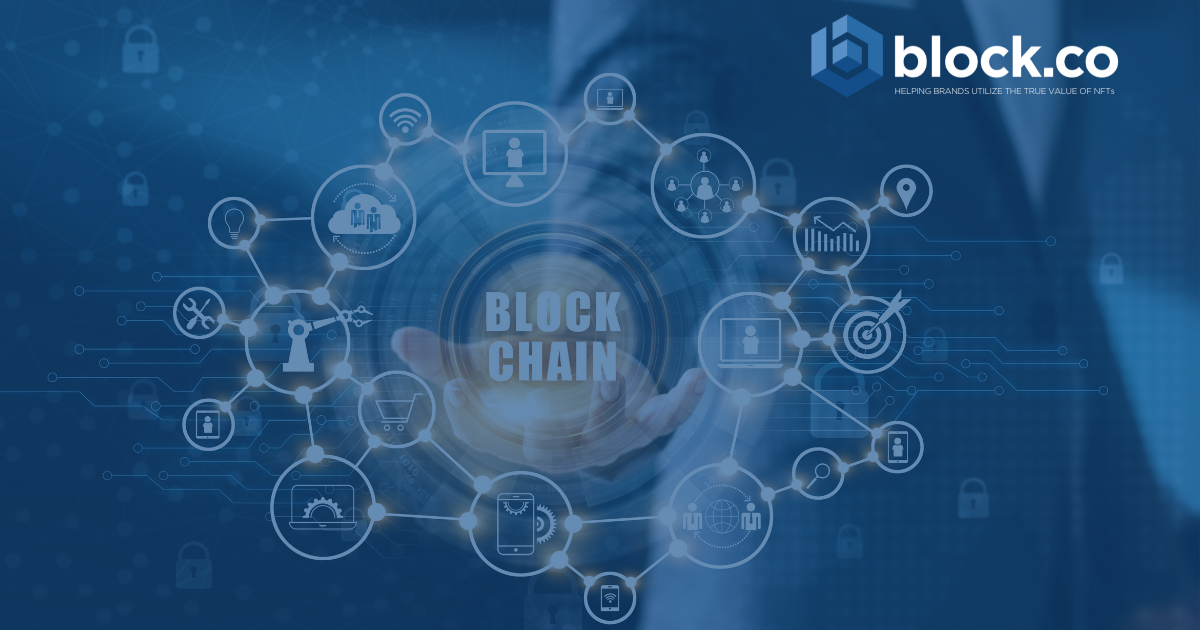
In this article, we will be discussing the state of technical standards in the blockchain industry. With every new technology, standard requirements arise because they help ensure safety, reliability, and contribute to the advancement of innovation. Technical standards are formal documents that establish consistent technical criteria, methods, and practices, developed through an accredited consensus process. They contain technical specifications and other precise criteria designed to be used consistently as a rule, guideline, or definition.
Applying technical and legislative standards to decentralized and open-source networks like distributed ledgers and blockchains undoubtedly presents challenges, but it’s not impossible to achieve. Decentralization means there is no central entity responsible for developing, delivering, and monitoring standards and their implementation. However, there already exists a system in place that experienced the same path before and could help define some guidelines. That’s the Internet, a “loosely-organized international collaboration of autonomous, interconnected networks, supports communication through voluntary adherence to open protocols and procedures defined by Internet Standards”, as defined by IETF, the premier Internet standards organization.
Just like the Internet, blockchain is an evolving system and network of participants who continuously contribute to its design and implementation. Creating new standards and improving the existing ones is an ongoing effort and the Internet can set a precious precedent in leveraging the standard-setting process of blockchain and DLT technologies. Due to the nature of blockchains that have emerged in different types and with different protocols, standardization could be the result of a highly fragmented industry where individual participants or entities make use of the technology in isolation from other organizations. The ultimate result could be a slower adoption by businesses and a confusing framework that leaves little space to further innovation incentives. That’s why businesses and authorities alike need to meet on common grounds to help the technology thrive and, at the same time, provide users and customers with the trust guaranteed by quality standards.
A few organizations have worked over the years to create these processes but never had a complete catalog of such practices been created before. Now, the World Economic Forum has tracked down the leading blockchain standard organizations and published “The Global Standards Mapping Initiative”, to bring some clarity around technical, regulatory, and governance models of blockchains. The study focuses on two major components: Technical Standards and Legislation taking into consideration the different jurisdictions, the different types of blockchain, and the different types of industries that are transformed by blockchain technology.
The Global Standards Mapping Initiative (GSMI), which is based upon in-depth literature reviews and technical interviews and observations of the major players, represents an unprecedented effort to map and analyze the current framework. It includes data from over 30 technical standard-setting entities, 185 jurisdictions, and nearly 400 industry groups and attempts to offer an overview of the current landscape to:
1) provide grounds to establish some clarity in terminology, as it remains inconsistent;
2) identify gaps and areas of overlap;
3) identify inconsistency across geography, expertise, and role.
The mapping is expected to help blockchain service providers, policymakers, and standard-setting organizations who should be able to rely on the produced standard-setting activities and the implementation of technical standards.
Major organizations considered:
- The IEEE (Institute of Electrical and Electronics Engineers, USA) provides guidelines on the Internet of things (IoT); cryptocurrency exchange and payment; tokens; energy; digital assets;
- The ISO (The International Organization for Standardization, Switzerland) focuses on security and identity;
- The BSI (The British Standards Institution, UK) and the GDF (Global Digital Finance, UK) deal with DLT requirements;
- The CESI (The China Electronics Standardization Institute, China) works on tokens and security;
- The DCSA (The Digital Container Shipping Association, Netherlands) encourages interoperability within the container shipping industry through digitalization and standardization;
- The ITU-T (The International Telecommunication Union Telecommunications, Switzerland) ensures the production of standards in security, IoT, identity, and DLT requirements.
Protocol-specific standard processes have also been implemented in a decentralized manner through “improvement proposals”. These are managed by the developer community and often facilitated through the open-source platform GitHub.
Overview of the current landscape.
A. Terminology
Inconsistency in defining concepts and key aspects of blockchain might represent an issue even in the adoption timeline of the technology since terminology is the basis for all further standard-setting activities. Terminology variance appears even in the definition of blockchain itself, therefore, it becomes necessary to ensure that language and intended use are precise, consistent and that the standards addressed to their intended audience are as clear as possible.
B. Gaps and overlaps
Major efforts have been focused on identifying gaps and overlaps. Collaborations among entities, users, consumers should always be promoted as a way to mitigate the impact of gaps and overlaps in the current framework. It would help harmonize terminology and working definitions; provide a sequence of standard development; minimize redundancies and maximize the potential for boosting interoperability.
The top areas of overlap are:
- Security: due to the existence of different types of blockchains, consistency in security management of cryptographic assets in cryptocurrency exchanges, protection of customer assets, and security for DLT data access and sharing management systems should be ensured.
- Internet of Things: technical standards should converge on the interoperability between IoT devices, hardware, and blockchain network protocols.
- Identity: user key management for blockchain and distributed ledger technologies should be a primary focus of standard-setting organizations.
- DLT requirements: they should include the definition of hardware and software requirements and Data formats.
- DLT taxonomy/terminology: it should cover the definition of types, functions, components, user interactions, and use cases of blockchain.
The top gap categories are outlined as follows:
- When to apply DLT: Assessment of DLT types, usefulness, and relevant risks for a business;
- Core technical elements: Assessment of off-chain networks (e.g. Lightning), consensus algorithms, DLT interoperability.
- DLT performance tests: standards on technical, functional, and security performance tests are currently not provided while they should be performed on DLT platforms, along with procedural recommendations.
- Related verticals: standard-setting organizations have only started exploring connections to industry verticals like education, sustainable development, construction management, and land registries. However, more efforts in these areas are expected in the coming years.
Unequal representation of geographical areas
Currently, most of the standard-setting organizations and activities are based in Europe, North America, and China. So far, it has been proven difficult to include a more global view whereas ensuring a diverse and comprehensive representation is critical to preserving the integrity of standards. For an industry that is cross-border by nature, standards should not be intended for the generation of particular products, philosophies, or geopolitical interests but take into consideration varied cultural interpretations and contexts.
Inconsistency across expertise and consumer representation
Given that blockchain involves different disciplines like software, cryptography, and economics, diverse expertise is needed in the standards development process. It’s, therefore, advisable to ensure rigorous coordination and collaboration among standard-setting organizations. The role of consumers in an open-source environment is rather peculiar as often service users are also contributors to protocol-oriented standards. However, consumer protection, exclusion, or even exploitation remain major concerns even for transparent and accessible platforms like GitHub.
Key Recommendations for standard-setting entities
The paper goes on to recommend standard-setting organizations identify and carefully consider that discussion about standardization in some areas of the technology may be premature. Some standards might even be unnecessary and setting standards too early may discourage innovation or lead to adverse incentives. They should also always consider the crucial role of decentralization when creating, planning, and implementing standards. Education on the best techniques for standards implementation should be continuously encouraged as standards will ultimately be beneficial when learned, understood, and implemented.
For entities adopting technical standards
Entities are encouraged to follow the ongoing standard-setting activities and the evolving landscape or risk being left behind in important developments in cryptography, security, or interoperability. The entire paper has emphasized how much collaboration with other organizations is an essential requirement to plan a comprehensive standard-setting landscape. Indeed, collaborative ecosystems like industry consortiums are more likely to identify and tackle gaps and overlaps in the landscape, other than help minimize redundancies.
Intellectual property concerns
As highlighted in a previous article there are four methods of formal intellectual property rights protection: patents, copyrights, trademarks, and trade secrets. With regard to standardization, patents represent the main challenge especially in open blockchains like Bitcoin and Ethereum where the open and public participation of the network might be a hurdle in standard-setting. Therefore, when creating IP ownership standards, entities should consider the risk of violating patents owned by participants and set clear specifications to avoid any issue.
Conclusion
According to American financial services company Moody’s, 2021 will be the year of blockchain standardization, paving the way to real cost-and-time-saving benefits via faster data availability, elimination of transaction parties, and automation.
“Standardization would improve interoperability across systems and market participants, but also reduce counterparty concentration, operational and legal/regulatory risks for transactions that use blockchain technology,” said Frank Cerveny, VP-Senior Research Analyst at the company.
For a technology that is still considered a highly uncertain market, this could be the turning point for its full legitimization and the much-needed interoperability across the whole ecosystem. It would help overcome the typical fragmentation that has slowed down adoption and innovation.
Block.co is an active participant in the open blockchain ecosystem and will follow closely and contribute to future developments in the standard-setting processes. we are re-evaluating compliance with all standardization efforts that are in alignment with our design principles. We still feel that the adoption of these standards will take years to be fruitful, but we will update appropriately to be compliant. We are even adding mechanisms to re-issue existing certificates with the new standards when they are mature enough to be useful.
Stay tuned for the next article with more insights about blockchain technology, its use, and implications by following us on our social media channels.
If your brand is ready to take the step into web 3.0 and NFT marketing, to optimize engagement with your audience in innovative ways, then click the button below to get your Free Trial, a limited number of Free NFTs, and a Free Consultation call from our team!
For more info, contact Block.co directly or email at enquiries@block.co.
Tel +357 70007828
Get the latest from Block.co, like and follow us on social media:

